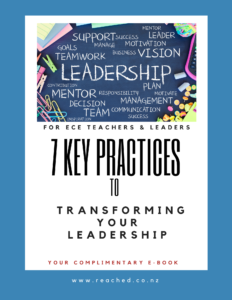This week’s blog post discusses productivity and profitability. Last week, I mentioned how hard New Zealand teachers and leaders work. The reality is, as a nation we work really hard. With the exception of Iceland (a country that enjoys icy cold conditions and 6 months of darkness a year), the average New Zealander apparently spends more time working each year than in any other OECD country. The last national census indicated that a significant number of New Zealanders work, on average, more than 50 hours per week. Given these statistics, you are probably thinking that we must be really productive, right? Unfortunately, this is not so. According to the NZ Treasury, in terms of productivity, our beautiful ‘land of the long white cloud’ is ranked 22nd out of 30 OECD countries, meaning that for each hour worked, we generate less output per hour than the countries listed higher up on the productivity table.
What’s going on? If we are working harder and longer than most, why are we scoring so low on the productivity scale?
There are many factors that result in low productivity. From ineffective leadership; poor management of people and resources; negative working environments; Luddite tendencies which oppose new technologies; shortage of resources; low wages; inadequate policies, processes and organizational structure; resistance to exchanging ideas and information within the industry or sector ; deficient information systems that measure performance against one financial measure, instead of a wide range of goals; poor communication….to name a few. But there is a significant factor that contributes towards low productivity, and one that I think is worth highlighting, i.e. a failure to recognize people as the most valuable asset to an organization’s success and profitability.
Successful organizations recognize that their most important asset is their employees, and they recognize that training and developing their people is a worthwhile long-term investment. Current trends indicate that visionary organizations are tapping into the implicit knowledge that exists within the intellectual property of their workforce. These organizations are viewing themselves as learning communities, and are establishing learning goals for their staff that align with the organizations strategic goals. Developing staff in alignment with the strategic goals of an organization translates directly into higher productivity, higher performance and increased profits. It’s a win-win situation.
What is your view on this topic?







Leave a Comment
You must be logged in to post a comment.